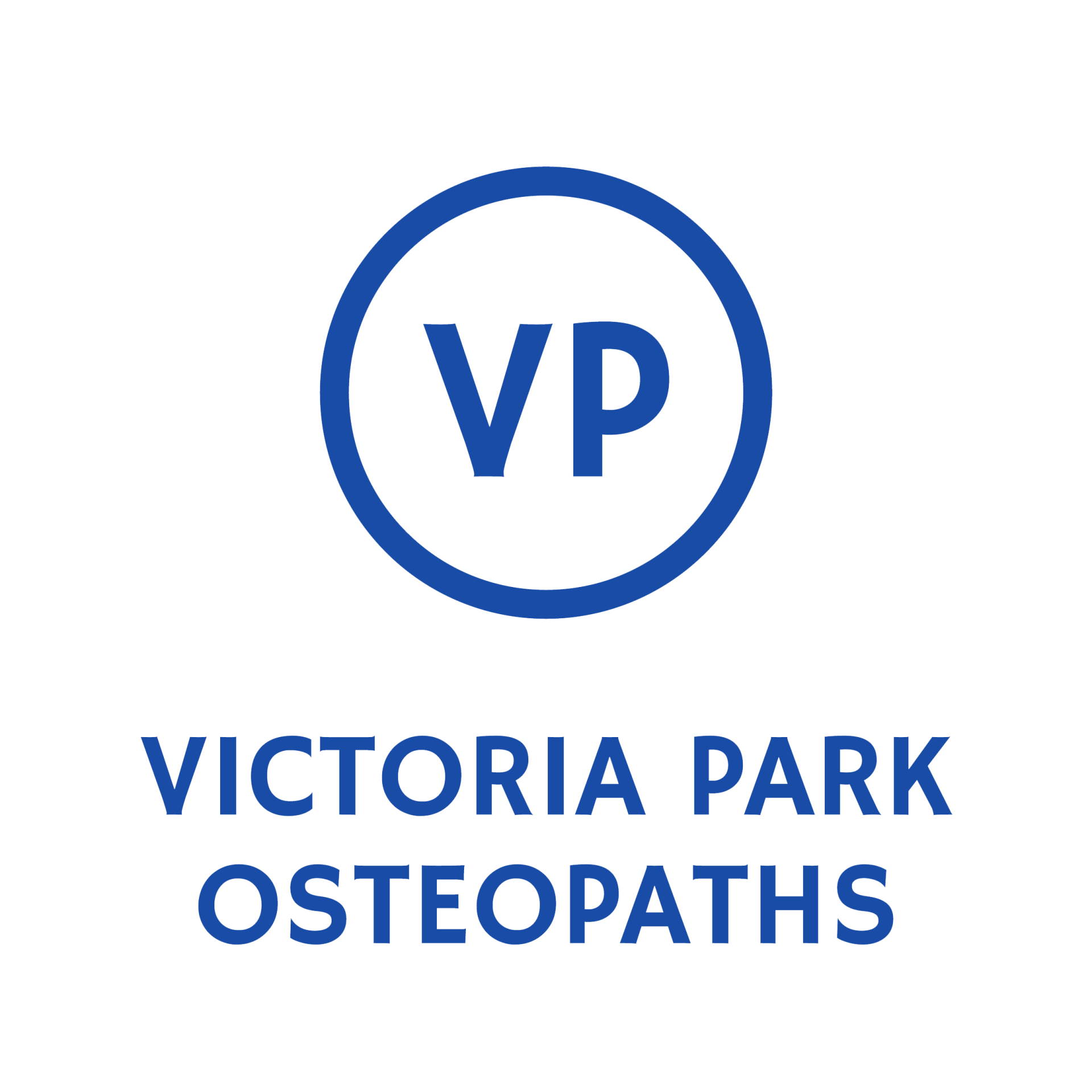What is Greater Trochanteric Pain Syndrome (GTPS)?
Greater Trochanteric Pain Syndrome refers to pain on the outside of the hip, typically over the greater trochanter — the bony prominence on the side of the upper thigh. It is often caused by irritation or overload of the tendons and soft tissues that attach around this area, particularly the gluteal tendons and the trochanteric bursa (a fluid-filled sac that reduces friction).
GTPS is common in people who walk, run, climb stairs, or spend time lying on one side. It may develop gradually or follow a period of increased activity, injury, or muscle imbalance.
Symptoms & What You May Experience
You may notice:
- Pain on the outside of the hip or upper thigh
- Discomfort lying on the affected side, especially at night
- Pain when climbing stairs, walking uphill, or getting out of a car
- Tenderness when pressing over the bony outside of the hip
- Pain referring into the buttock or lateral thigh
- Stiffness or aching after sitting or inactivity
- Weakness or fatigue in the hip and gluteal muscles
In some cases, symptoms mimic sciatica or hip joint arthritis, but the pain is more superficial and on the outside of the hip.
What causes Greater Trochanteric Pain Syndrome (GTPS)?
Common contributing factors include:
- Gluteal tendon irritation or degeneration
- Bursitis — inflammation of the bursa over the greater trochanter
- Muscle weakness in the glutes, core, or pelvic stabilisers
- Altered gait or biomechanics (e.g. overpronation, pelvic drop)
- Sudden increase in activity (running, hill walking, long steps)
- Previous hip, pelvic, or lower back injury
- Hormonal Changes - tendons weaken during pre and early post menopausal periods
- Postural habits, such as standing with weight on one leg
- Repeated compression, such as side sleeping on a hard mattress
It is more common in women, particularly between ages 40–70, and often coexists with low back or knee problems.
How We Help (At Victoria Park Osteopaths)
Our treatment focuses on reducing pain, restoring movement, and correcting underlying causes:
- Manual therapy for the hip, pelvis, and lumbar spine to improve mobility and reduce strain
- Activity modification guidance (e.g. avoiding side compression, pacing walks)
- Exercise rehabilitation to strengthen gluteal muscles, pelvis stabilisers, and core
- Soft tissue techniques targeting the gluteal tendons, IT band, and surrounding muscles
- Dry Needling to ease pain
- Postural and gait advice to address compensations
- Adjunctive therapies such as taping, acupuncture, or shock absorption strategies if needed
- Education on sleep positions, gradual loading, and prevention strategies
We tailor treatment to whether the main issue is bursitis, tendinopathy, or both.
Recovery Time & What to Expect
- Mild to moderate cases often improve within 6–12 weeks with appropriate treatment and strengthening
- Long-standing or recurrent cases may take longer and benefit from consistent rehab and load management
- Most people can return to normal activity levels when pain and muscle balance improve
- Corticosteroid injections or imaging may be considered if conservative care isn’t progressing — we can help you explore this if necessary
When to Seek Medical Review / Red Flags
You should speak to a GP or specialist if you experience:
- Severe night pain that does not change with position
- Significant swelling or redness around the hip
- Inability to bear weight
- Fever or systemic symptoms
- No improvement after a full course of treatment and rehab


